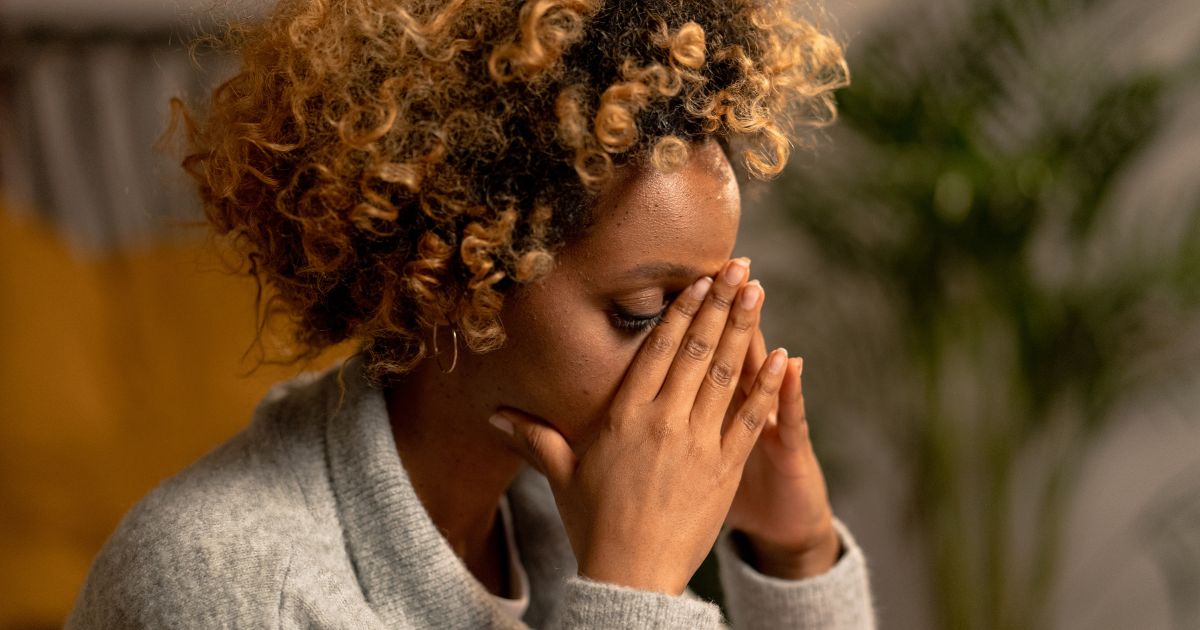This time of year can be fun and festive for most, but for people suffering with seasonal affective disorder, it’s pretty miserable. Seasonal affective disorder (SAD) is also known as the “winter blues” but it’s much more than just feeling a little bit down because of the weather. It’s a type of depression that begins and ends around the same time each year. Though there are rare people who suffer from SAD in the spring or summer, most people with this kind of seasonal depression experience symptoms in the fall and winter. Fortunately, there are steps you can take to mitigate the symptoms of SAD and have a happier season.
No one completely understands what causes SAD. It is known that factors like your biological clock, serotonin levels, and melatonin levels all play a part. When the days have less sunshine, it can disrupt your circadian rhythm. Reduced sunlight can also lower your serotonin levels, and the changing seasons can disrupt the balance of melatonin in your body. All of these things can lead to anxiety and depression.
Some people are at higher risk than others. Women are more likely to experience it than men, and younger adults suffer from SAD more than older adults. Other risk factors include a family history of depression, suffering from depression yourself, or living far from the equator. People with bipolar depression may experience mania in the spring and summer and depression in the fall and winter.
So, how do you know if you are suffering from Seasonal Affective Disorder? The symptoms of SAD include:
- Feeling extreme sadness most of the day, almost every day
- Losing interest in your favorite activities
- Feeling fatigued, with low energy
- Feeling agitated or sluggish
- Having difficulty focusing or concentrating
- Thinking frequently of death or suicide
In the fall and winter, people who suffer from SAD may also find themselves oversleeping, craving foods that are high in carbohydrates, gaining weight, and losing energy. Self-care in terms of exercising, eating well, and staying connected with people can help but it’s not a cure-all. Feeling sad in the winter is not unusual, but if you are feeling hopeless, seek treatment from a doctor. Effective treatments for SAD include:
- Light therapy: Also called phototherapy, this treatment uses a special lamp to treat SAD.
- Cognitive Behavioral Therapy (CBT): A type of talk therapy, this treatment produces the most long-lasting results for patients with SAD.
- Antidepressants: Antidepressant medication may be recommended by your healthcare provider, either with or without therapy.
- Getting more vitamin D: Try getting more sunlight or taking a vitamin D supplement.
If your depression becomes overwhelming, call 911 or get to Exceptional Emergency Center immediately. We can help you find the care you need, 24 hours a day, seven days a week, even on holidays. With locations across Texas to serve you, we’re here to help when you have an emergency.

